Where and how do I use my fin? Bathtub or ocean?
This is probably the most crucial question to choose the basic type of fin. Not every type of fin is suitable for every body of water. Factors such as water temperature, entry possibilities, currents and areas of use all play a role. In this blog post you can find out which fin is suitable for what and which are our personal favourites!
These recommendations are not final - it is best to seek advice in our shop.
Scuba diving fins (open heel fins for use with booties)
This type of fin is the most widespread and versatile type. This fin is always worn with a neoprene shoe (booties). Depending on the water temperature the material is thicker or thinner. There are fins with a rather stiff blade (e.g. Mares Excite / Excite Pro) and fins with softer blades or joints (e.g. Mares X-Stream, Scubapro Sea Wing Nova). The joints take away some of the resistance, so you need less strength. However, at a certain point the fin has less propulsion.
Properties/Area of use
- all types of water
- nessesary in cold water (protection against cold)
- mandatory for dives from the shore, where you walk over uneven terrain
- tendency to more propulsion / better power transmission
Transportation
- Cruise Quick Pack - ideal for on the boat
- Cruise Backpack - sturdy case for on the road
- Panga Duffel Bag 100 - stylish dry bag
Our favourites
- Mares Excite / Excite Pro – for sportive divers
- Mares X-Stream – ffor someone with not too much strength in their legs or with knee problems
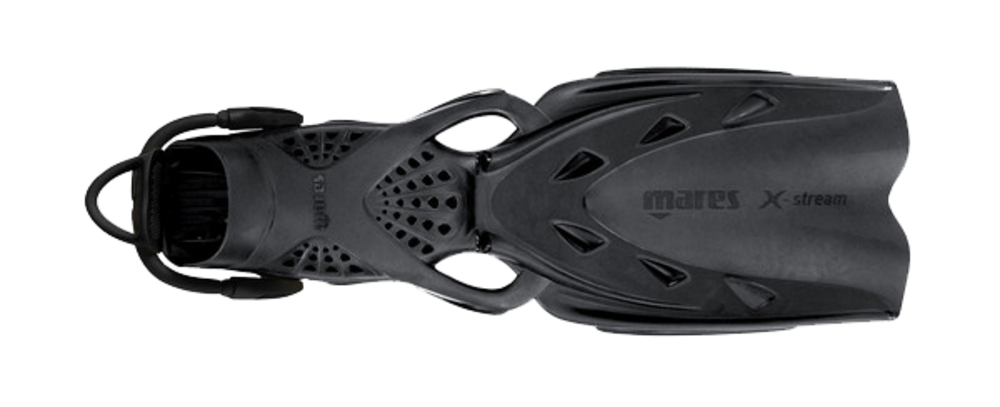
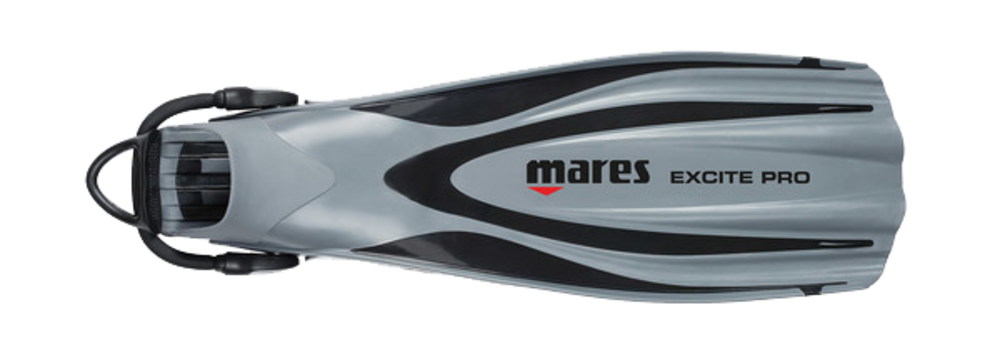
Full-foot fin (barefoot fin with closed foot part)
This type of fin is mostly used in warm waters. There are big differences in blade size and thickness.
To dive safely and comfortably with such a fin, it must fit well and generate enough propulsion. Very light and simple fins (often available in sports discount shops or tourist shops) are not suitable for diving, in the best case only for snorkelling. More recently, fins have been on the market that can also be worn barefoot, but do not have a closed foot part.
Properties / Areas of use
- Diving in warm water
- Diving from a boat or jetty
- lighter feeling, as no booties have to be worn
- lighter baggage
Transportation
- Mesh Bag - easy to carry and to rinse your gear
- Cruise Mesh - offers space for your complete ABC equipment and more
- Beach Bag - ideal for at the beach
Our favourites
- Mares Avanti HC Pro – for more sportive divers
- Mares Volo Race with small hinges - for divers with less strength in their legs
- Mares Avanti Pure (no closed foot part)
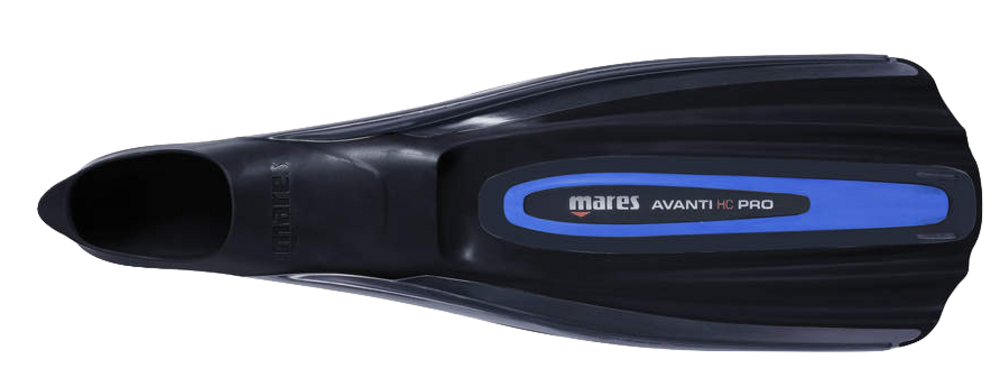
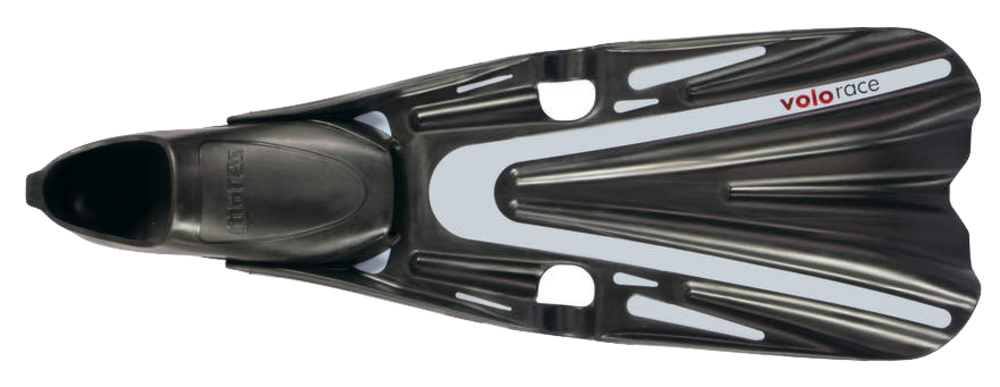
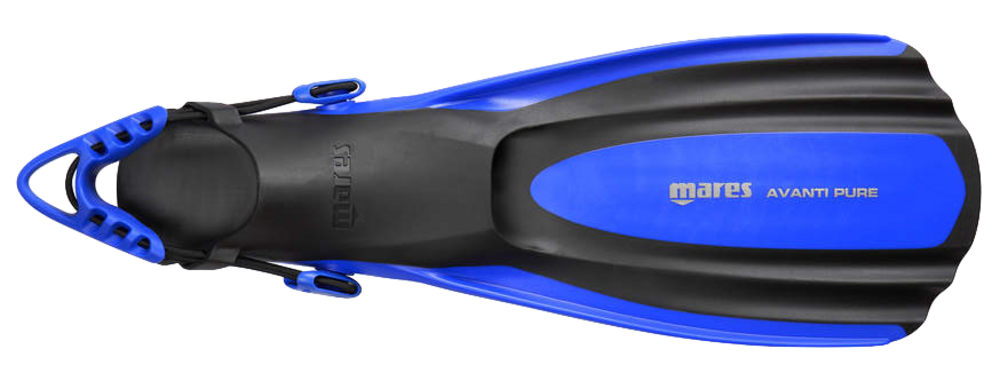
Freediving Fins
Freediving fins are longer than average and always have a closed foot. Depending on temperature and fit, they are often worn with a neoprene socks. Freediving fins require a good fin stroke technique and are unsuitable for e.g. the "Frog Kick". You will also see scuba divers with freediving fins, but this requires a lot of practice, because the danger of bumping things is high due to the length of the blades.
Properties / Areas of use
- Freediving
- Scuba diving from a boat or jetty (only for very experienced divers)
- inconvenient for travelling, as they often do not fit in the travel bag
Transportation
Our favourites
- Cressi Gara Series
- Mares Razor Series incl. carbon fin
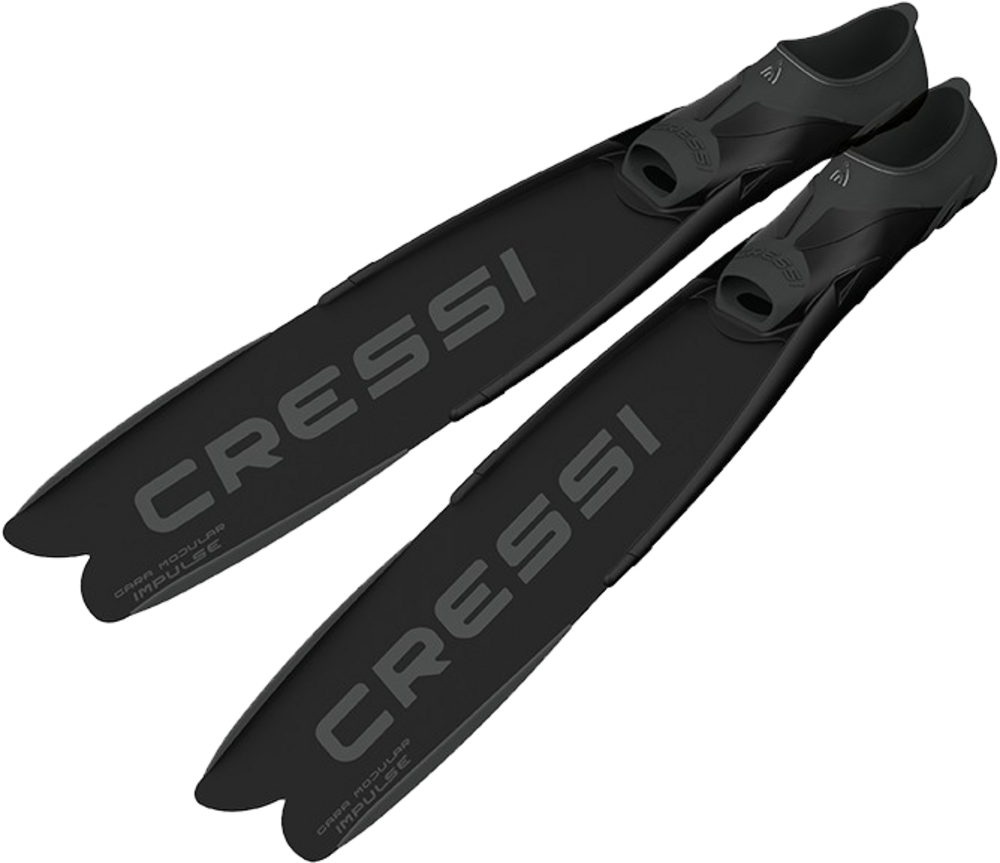
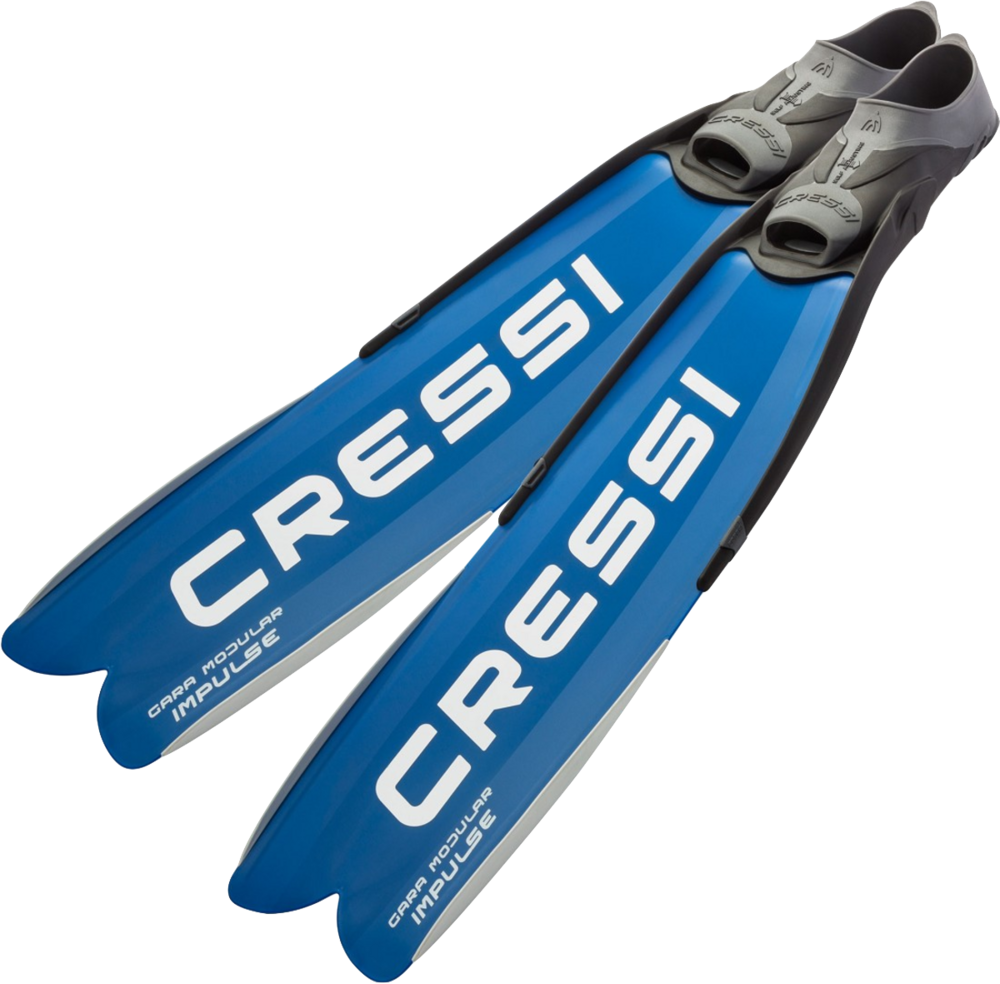
Solid rubber fins
Like in the past, but now with a different usage. This type of fin is shorter and heavier. They are very popular with dry suit divers and especially with technical divers. Also in cave diving these fins can be of advantage, because the shortness allows the diver to be more agile. Above all, however, the weight is crucial. Often the dry diver has the problem that the feet have a little too much buoyancy. Instead of questionable foot lead, a heavier fin can be used - one made of solid rubber.
Properties / Areas of use
- Dry suit diving
- TEC Diving / Cave Diving
- heavy, rather not suitable for air travel
Transportation
Unsere Favoriten
- Scubapro Jet Fin (the classics since 1964
- Mares Power Plana
- Hollis F1/F2
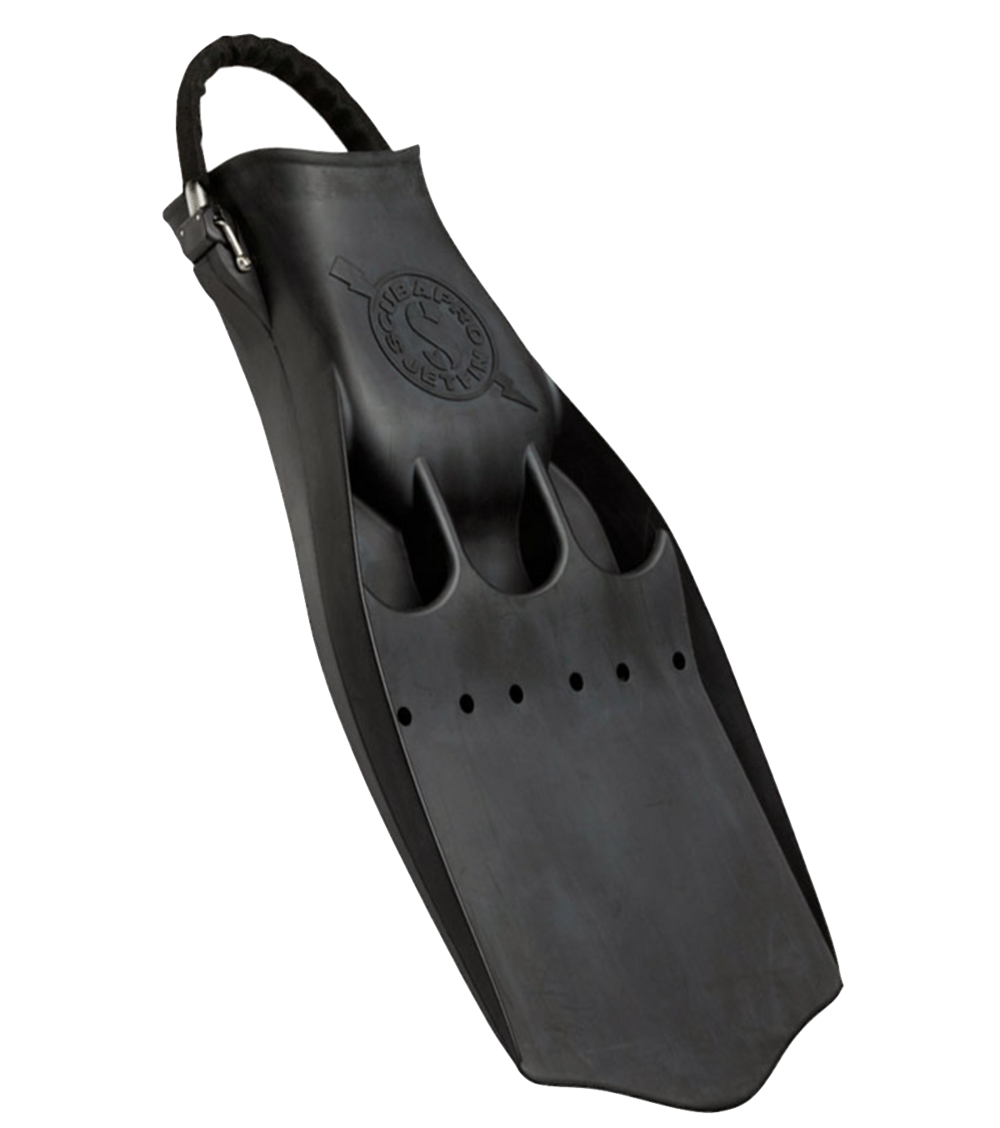
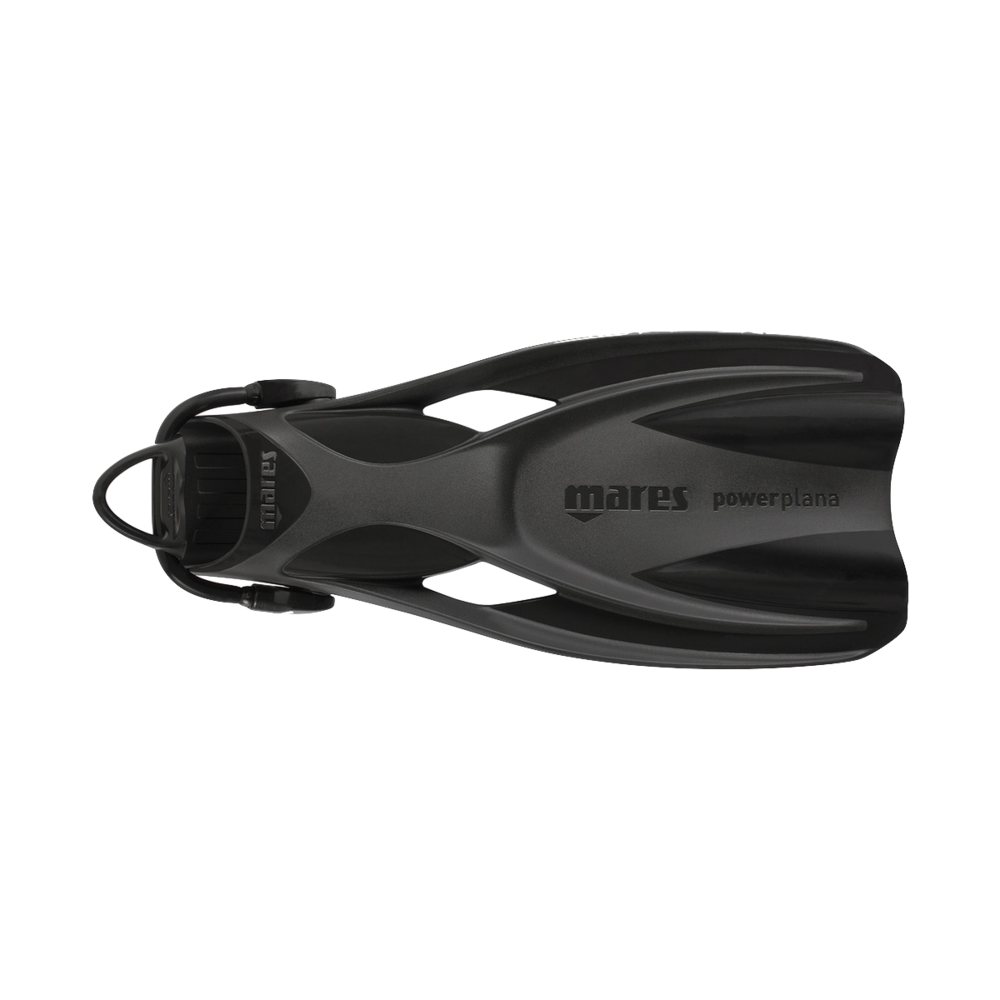
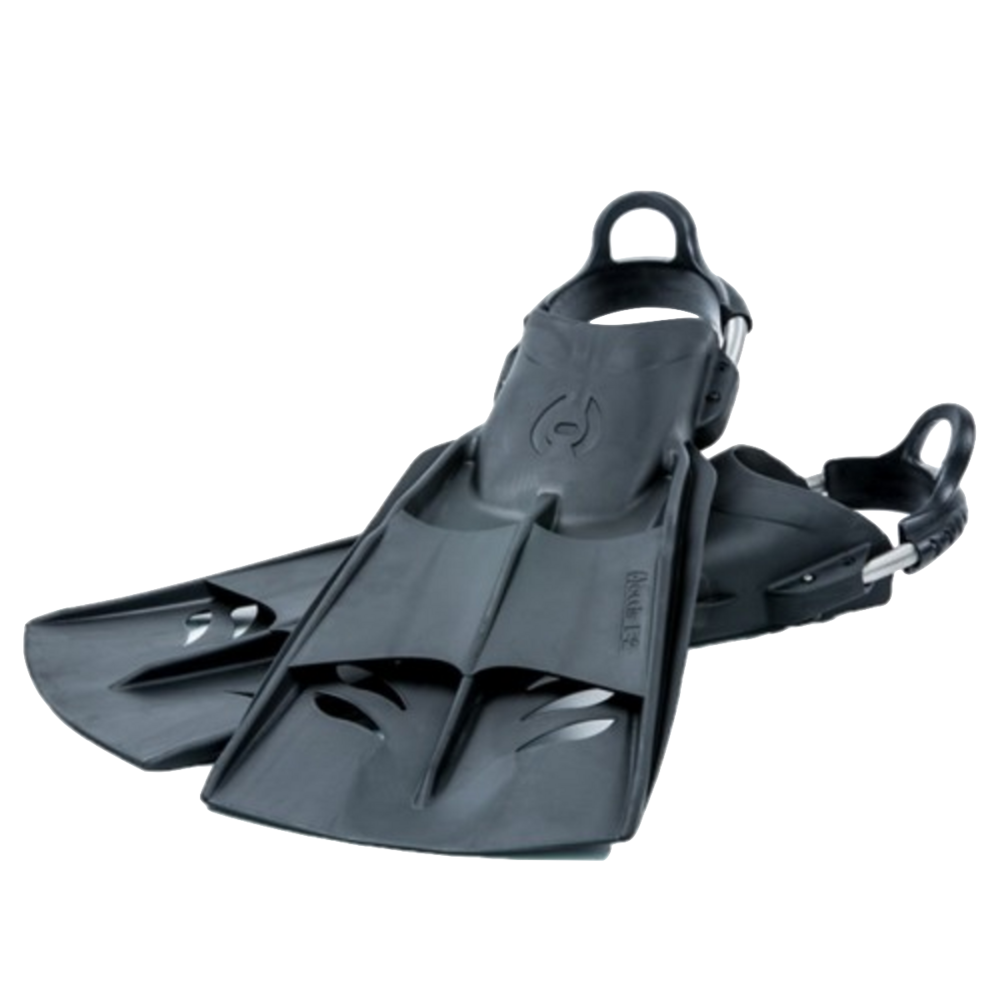
Bungees and spring straps instead of fin straps
Nowadays a standard, because many fins are already sold with bungees. These have the advantage that they are easier to put on (especially in our local waters - where we often wear gloves - a great advantage) plus the Bungee Straps and Spring Straps are more stable. Metal spring Straps are mainly used in technical diving and cave diving. As the spring straps are virtually indestructible springs, there is no risk of breaking or tearing them.
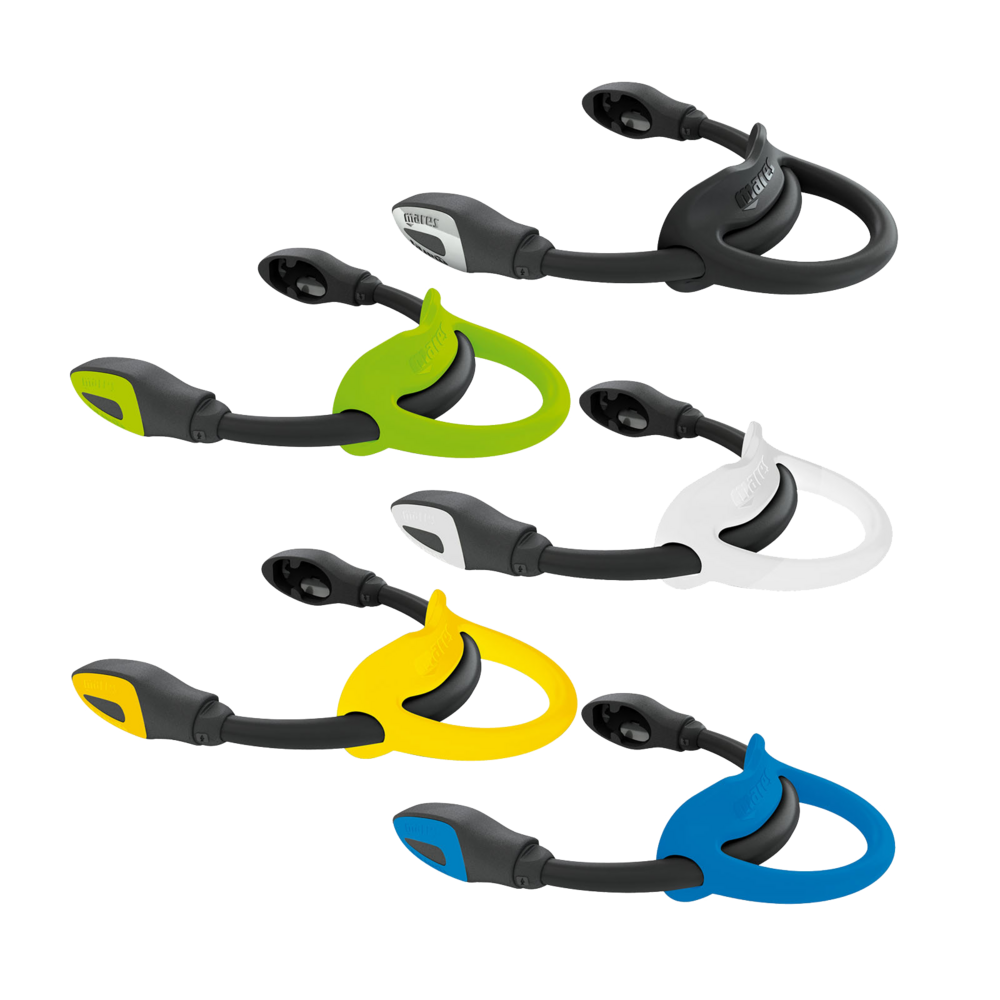
The classic
One fin has probably an unrivalled special status: the Mares Quattro. Probably the best-selling fin of all times. Many diving instructors abroad wear a Quattro on their feet, with only 2'000 or 3'000 dives on their counter - i.e. just dipped in. Because that's what this fin stands for: indestructible. However, the fin has to be well immersed to become really comfortable. The Mares Excite / Excite Pro is a sophisticated development with the best features of the good old Quattro.
Conclusion
Buying fins is a matter of trust - it is best to let us advise you. And it's like with shoes, there is no "one fin" that is suitable for everything. The active diver of today often has two or three pairs of fins ready to go. So, make room in the diving cellar and from time to time visit TSK to buy fins.

![[Translate to English:] Daniel Schmid Daniel Schmid](/fileadmin/_processed_/e/1/csm_Daniel_Schmid_021_ec9aa740b0.jpg)